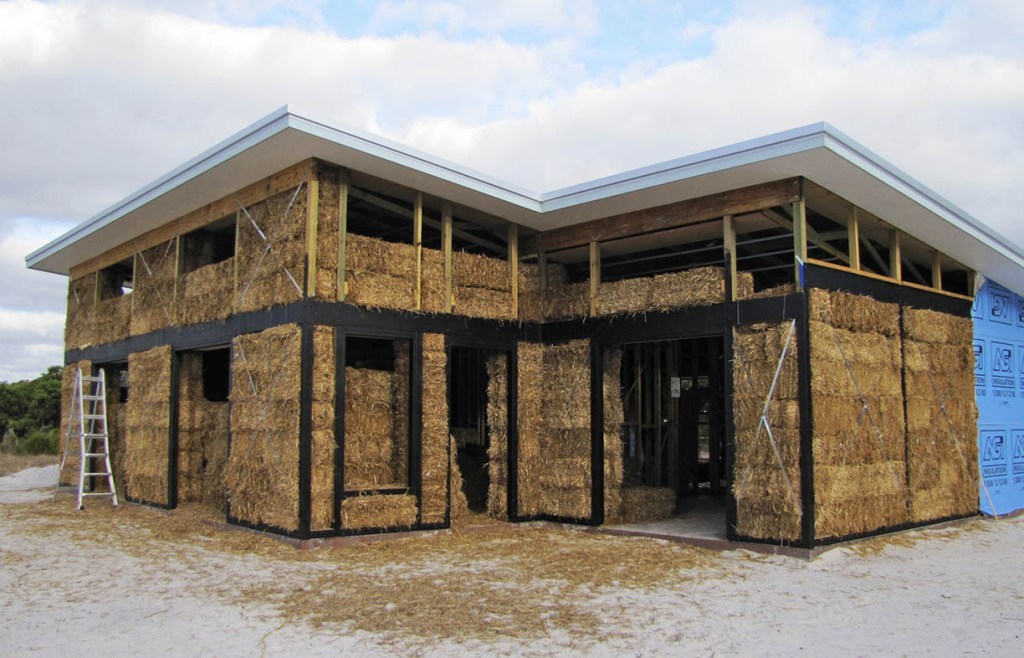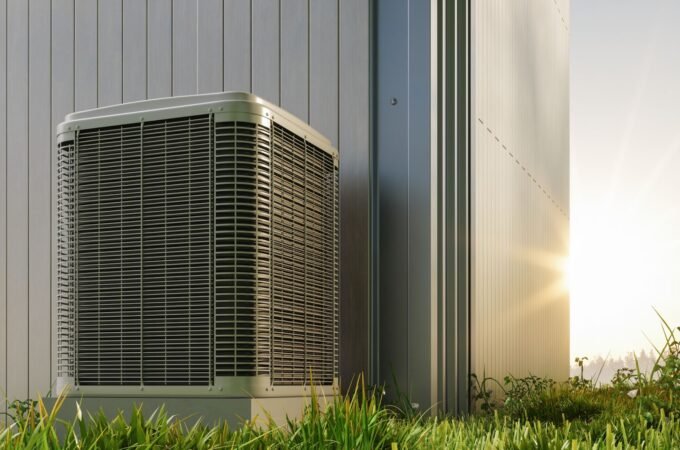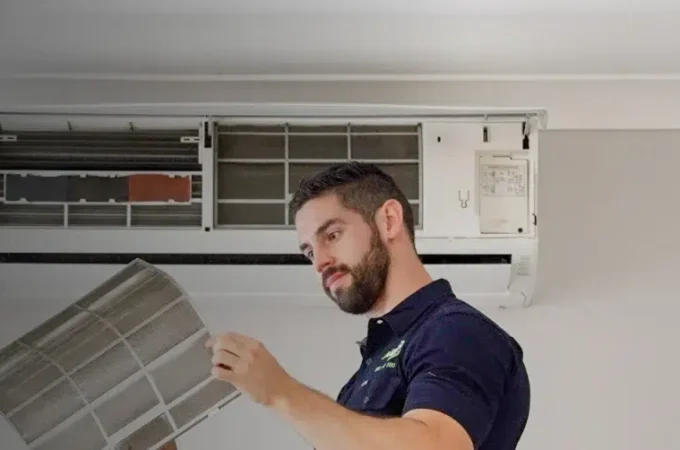
4 Types of Insulation Your Australian Home Needs
Are you finding yourself being constantly worn down by the extremes of Australian weather, even while inside the safety of your home? Or perhaps you’re finding that your heating and cooling costs have been on the rise as of late. If you say yes to any of these, then your home may need to have fresh insulation installed.
Installing adequate insulation is an easy and cost-efficient way to reduce your reliance on your heating and cooling solutions. By doing this, you essentially create a protective barrier that helps keep heat in during the cold season, as well as repel it during warmer climates. Lower utility usage also means a reduced impact on the environment in general, so that’s another plus. Regardless of the brand you use, the savings you get by installing new insulation, such as Knauf Insulation, will be worth it in the long run.
So if you’re interested in installing insulation in your home, then read on as we discuss the four types of insulation that your Australian home may need right this very moment. Before that, though, let’s talk briefly about an important aspect of home insulation, namely the R- and the U-values.
What is the significance of the R-value and U-value in insulation?
The R-value and U-value are numerical values that help you gauge just how effective a particular type or brand of insulation is. The R-value measures how much resistance a material has in allowing heat to be transferred from one of its sides to the other. It takes into account how thick the insulation material is, and how much heat passes through it in a given time frame. The higher the R-value, the better at insulation a specific material is. R-values are usually printed on the packaging of insulation material, so you can easily make comparisons between types and brands.

On the other hand, U-value measures how quickly heat can transfer or pass through a specific material. In contrast to R-value, the higher the U-value, the worse something is at being insulation material.
Now that you’re up to speed, here are the types of insulation that you should consider getting for your home.
- Batts and rolls insulation. This type of insulation involves covering the inside of your walls, floors, and ceilings with layers of flexible, fluffy material. This fluffy material usually consists of fibreglass fibres, however, some batts and rolls are made up of natural fibres such as cotton. As for what ‘batts’ and ‘rolls’ mean, batt refers to pieces of layered insulation that are cut into rectangular sheets, while roll refers to a roll of the same material.
The benefit of using this type of insulation in your home is that it is affordable and widely available. It is also easily transportable due to being lightweight. With that said, batts and rolls can be quite difficult to install, as the fibres can give you a terrible itch when they come in contact with bare skin. You can prevent this by wearing protective clothing. The fluffy nature of the insulating material also means that it can be compressed quite easily, making it lose a significant amount of its effectiveness.
When it comes to R-value, batts and rolls insulation can reach as high as 4 to 5 per inch. This is the middle ground when compared to the other types of insulation featured in this article.
- Loose-fill insulation. This type of insulation follows the same concept as batts and rolls insulation, in that it involves covering the walls and ceilings of your home with fluffy heat-resistant fibres to keep internal heat in and external heat out. The difference here is that instead of the fibres being applied in solid layers, they are blown into walls and spaces as loose clumps and strands with the use of an insulation blower. This approach to insulation helps fill nooks and crannies in your attics and basements and eschews the tedious work of having to cut through sheets of insulation to ensure an even application with zero gaps.
Just like with batts and rolls, loose-fill insulation is quite affordable to procure and install. However, due to its loose nature, it is not as effective in heat protection as its solid, layered counterpart. This is proven with its low R-value of 2 to 3 per inch, the lowest in this list. To mitigate this, consider topping an application of loose-fill insulation with a layer or two of blanket insulation.
- Foam board insulation. Just like what it says, this type of insulation involves layering thin foam boards on your walls, ceilings, and floors. These foam boards are rigid and usually made out of artificial materials such as polystyrene and polyurethane. This makes them lightweight and easy to install, however, their rigidity and thinness also make them considerably fragile. With that said, foam boards are remarkably efficient in keeping heat in, with a very high R-value of 5 to 7 per inch.
One major disadvantage when using foam board insulation is that they are highly flammable, and they emit toxic smoke when it is set aflame. As such, you should make sure to cover foam board insulation with drywall for fire safety reasons.
- Spray foam insulation. Finally, this type of insulation involves a professional insulation technician spraying liquid plastic insulation into your home’s framing cavities or in places where air drafts or leaks are detected. The insulating liquid quickly expands into a foam, filling that area and hardening into a dry, solid substance. This effectively seals all cracks, leaks, and gaps within that small space, rendering it airtight.
Installing this type of insulation is relatively easy and affordable, so long as you’re only planning on sealing up minor air leaks and cracks. For extensive insulation jobs that involve multiple walls or an entire attic, you will need to enlist the help of a professional, and this can become expensive. The trade-off is worth it, though. Spray foam insulation sports a very high R-value, even when compared to the other types listed here, at 6 to 6.5 per inch.
Consider insulating your home for additional comfort during inclement weather

If you are feeling like you’re paying too much for your home heating or cooling, then consider installing one or more of the insulation types listed above. Doing so is a cost-effective way of increasing the comfort level of your home even during times of intense heat or cold weather. You will also be reducing the strain on the environment thanks to your lessened reliance on your HVAC solution.




